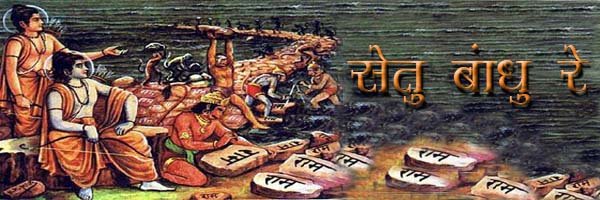Old newspapers will be collected from the people. These will be converted into pulp to make variety of things necessary for poor students in the villages. The Sanstha imparts training to make such things. The training includes conversion of papers into pulp, manufactures of moulds and articles and its decoration.
From old papers carry bags will be prepared to replace the plastic bags which will not only go a long way in solving the plastic bag problem and partly solve environmental issues. The Sanstha every Thursday distributed these carry bags free of cost to devotees attending the discourse. The excess old newspapers will be sold off to partially cover the cost of processing the yarn under charkha yojana. Various items made from the pulp such as toys, artificial fruits and vegetables, models, bats, ball, masks, compass box are available with the sanstha for free distribution amongst poor and needy students.
This unique project involves the making of Lord Ganesh Idols from paper pulp. These idols are made from shredded paper of ‘Ramnaam’ note books used by the devotees, who write ‘Ramnaam’ & other newspapers pages. Which are then deposited by sister organisation Aniruddha’s Universal Bank Of Ramnaam.
Eco friendly Ganpati Procedure :
With the grace of P. P. Aniruddha Bapu, Sadguru Shree Aniruddha Upasana Trust has prepared 3500 Eco friendly Ganesha Idols last year. So let’s serve our motherland and save the nature. Paper pulp is made from Ram Naam Books. (Ram Naam Books:-In this book we have to write down the Jap which is mention on the particular page e.g. RAM,SHREE RAM JAI RAM JAI JAI RAM,DATTAGURU,KRISHANA,JAI JAI ANIRUDDHA HARI. After the complication of the book writer have to submit his book to Ram Naam Bank office.All these submitted book papers are use to prepare eco friendly Ganpati) Normal news paper can also be used.
How to make paper pulp:
Remove the water content from the paper pulp. Spread the paper pulp to attain uniformity. Take 250 gms of Gum Arebica in steel utensil. Add 1.25 liters of water. Then keep the utensil on medium heat, boil it for 10-15 minutes. Keep stirring with the help of wooden stick throughout. Filter the Gum Arebica after it cools down. Take 500gms of the paper pulp. Pour in the filtered gum arebica. Merged it is properly. Then add 2.25 kg of white ink powder. Make this mixture soft and firm as textured dough,
This is how you can prepare eco-friendly ganesha’s idol
12”
18”
24”
30”
4 feet.
These idols disintegrated easily upon submersion in water, as compared to idols made from plaster- of- Paris, which take significantly longer to disintegrate. A notable aspect is that, paints used are non-toxic, thus contributing significantly to the control over pollution of the environment.The volunteers under this project collectively make these idols for the Ganapati festival every year. In the year 2008, the organisation prepared and distributed nearly 3500 Lord Ganesh idols.


No comments:
Post a Comment